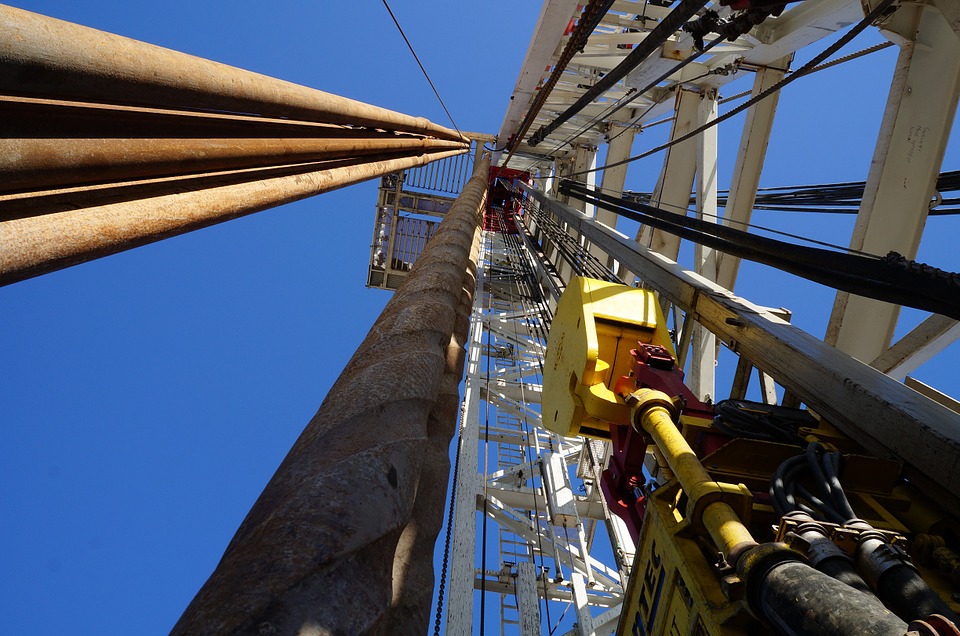This post is also available in:
 עברית (Hebrew)
עברית (Hebrew)
Leaks in the production, processing and transport of natural gas emit methane — the main constituent of natural gas—into the atmosphere. A greenhouse gas, methane is 36 times more potent than carbon dioxide.
Promising technologies on trucks, drones and airplanes for finding natural gas leaks swiftly and cheaply competed at the Mobile Monitoring Challenge, the first independent assessment of moving gas leak detectors at well sites, organized by Stanford University’s Natural Gas Initiative and the Environmental Defense Fund.
A crew of two people using a conventional imaging system can visit four to six well pads a day. All the mobile technologies are considerably faster than that, though their speeds vary a lot. Plane-based systems work more quickly than trucks, which are faster than drones. Because worker time is a large part of detection cost, speeding up detection allows oil and gas companies to find more leaks while spending less money.
While the technologies are still in development, overall, they all found gas leaks quite well, according to phys.org.
For example, one startup’s drone-based system detected 100 percent of leaks and had no false positives. Further, it accurately identified the leaking piece of equipment—rather than just the well pad—84 percent of the time. However, when quantifying the size of leaks, the system’s estimates were relatively close just 36 percent of the time.
Other systems focused on identifying leaks only as coming from a cluster of equipment, which could include a wellhead, a separator and a tank, for example. In such cases, operators would use optical gas imaging systems or similar technology to identify the specific source of the leak before initiating repairs.
“The technologies are generally effective at detecting leaks, and can act as a first line of defense,” said Adam Brandt, an associate professor of energy resources engineering and the senior author of the study. “Gas system operators will often want to confirm leaks with conventional optical gas imaging systems, but these mobile technologies usually tell you where to look for leaks very quickly.”
Further advances could be in jeopardy, however. In 2016, the U.S. Environmental Protection Agency moved to reduce methane emissions across the natural gas industry, which spurred the development of faster, less expensive detection technologies. Late last month, however, the EPA moved to roll back these methane regulations.


























